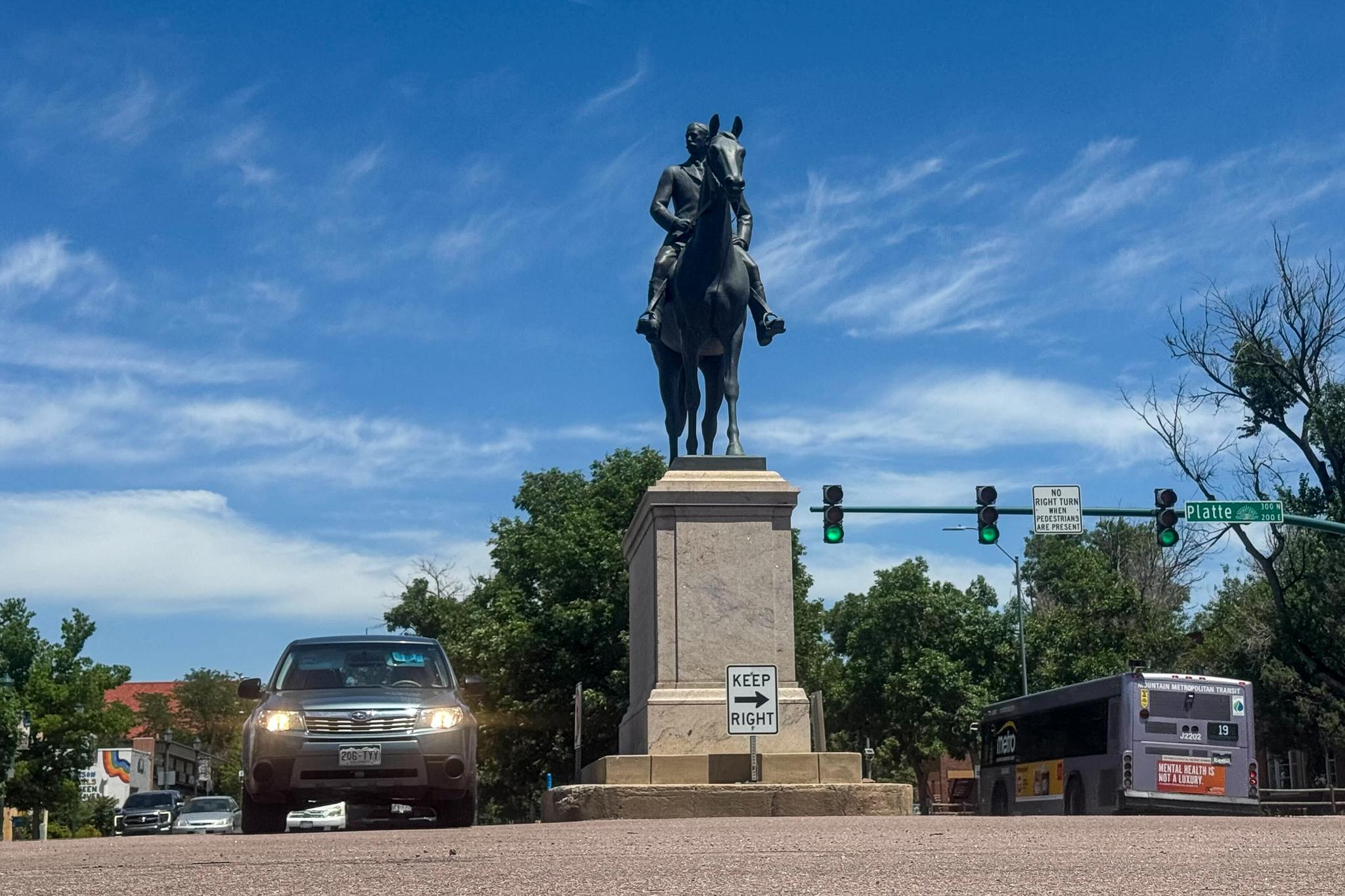
Scientists at the Laser Interferometer Gravitational-Wave Observatory (LIGO) announced last week that they have detected gravitational waves, ripples in space-time predicted by Einstein's general theory of relativity. Via NPR:
Einstein predicted the existence of such ripples, known officially as gravitational waves, in 1916, as part of his general theory of relativity. General relativity re-imagines the gravitational pull between heavy objects like Earth and the sun as a "warping" of space and time. When very heavy objects such as black holes are involved, the theory predicts that gravitational waves will emerge and ripple across the entire universe.
The discovery is being hailed as a major breakthrough in understanding the universe. It also opens a new window on the study of black holes. Julie Comerford, an assistant professor at the University of Colorado in Boulder who specializes in black holes, spoke with Colorado Matters' host Ryan Warner about the discovery's significance.
Watch how gravitational waves travel more than a billion light years to reach Earth:









